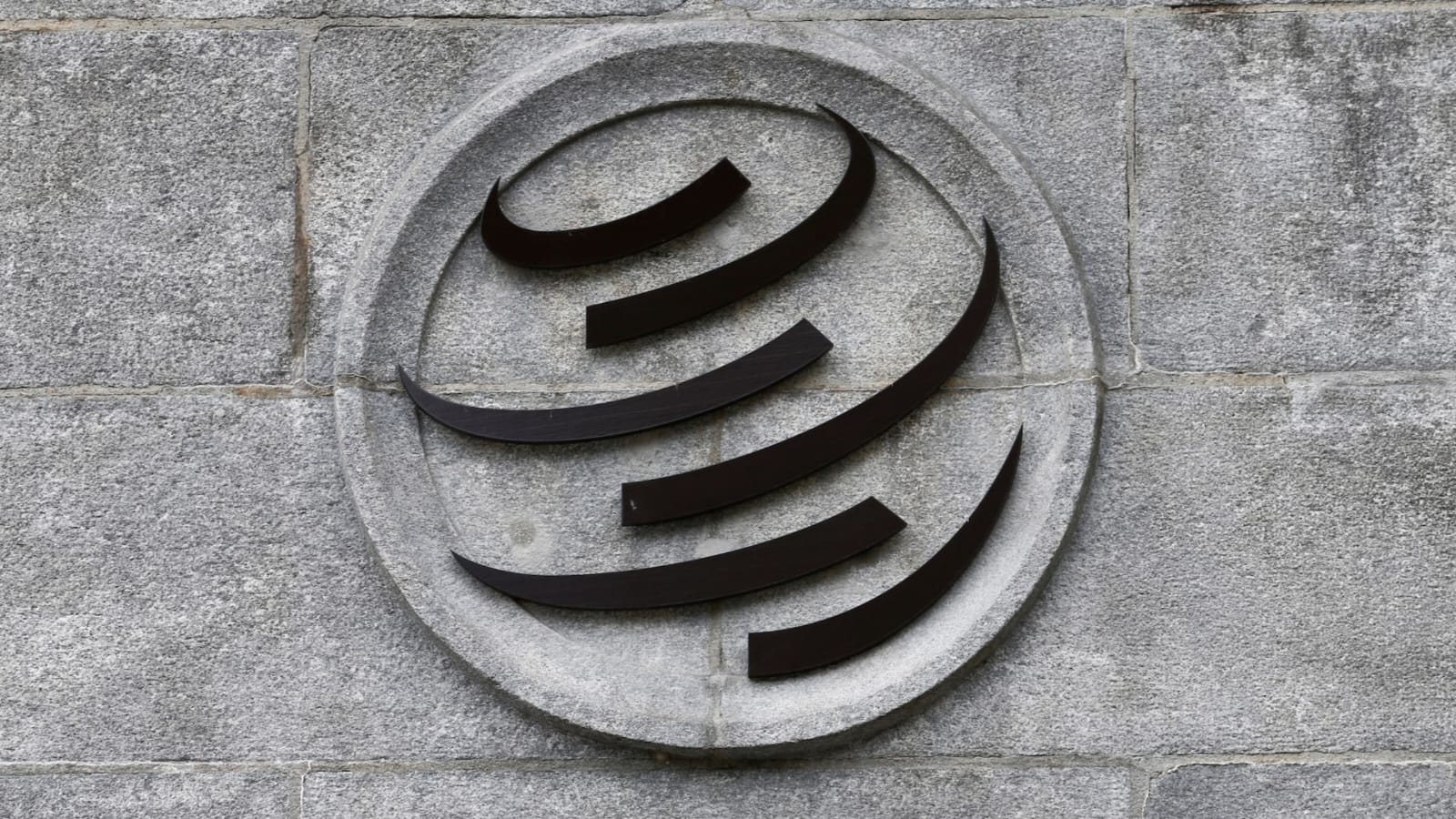British F-35 Jet Grounded in Kerala Awaits Hydraulic Repairs

A British F-35 Lightning II fighter jet has remained grounded at Kerala’s Thiruvananthapuram International Airport for over a week following an emergency landing due to technical issues. Despite initial efforts by a team of engineers from the UK to restore the aircraft, the malfunction—linked to the jet’s hydraulic system—has yet to be resolved. A fresh team of specialized engineers from both the United Kingdom and the United States is now set to travel to India to tackle the repair more comprehensively.
The F-35, renowned globally as one of the most technologically advanced combat aircraft, had to make an unscheduled landing after reportedly experiencing a low-fuel warning. While the Indian Air Force (IAF) swiftly assisted with refueling and ground support, the jet developed a significant hydraulic issue just before takeoff, rendering it unfit for flight.
Hydraulic Failure Halts Jet’s Departure
The critical failure in the hydraulic system—a vital component responsible for controlling the aircraft’s flight surfaces, landing gear, and other essential functions—has posed significant challenges. This specific malfunction requires deep diagnostics and highly specialized intervention. The onboard systems of the F-35, particularly in the B variant used by the British Royal Air Force (RAF), are designed to restrict operation if they detect technical faults that could compromise safety.
Though a maintenance team was flown in from the UK, they were unable to rectify the malfunction on-site. In response, military aviation authorities have decided to deploy a more experienced technical team from both the United States and the UK. These engineers, expected to arrive soon, bring deeper expertise and access to sensitive system protocols often restricted to personnel with specific clearances.
Bay 4 Parking Continues, Hangar Transfer Likely
Currently, the stranded fighter jet occupies Bay 4 at the Thiruvananthapuram airport. Airport authorities have indicated that although the bay is occupied, this has not caused any disruption to regular operations. According to officials quoted by the Times of India, “We have enough bays to handle commercial aircraft. The presence of the fighter jet is not an issue.”
However, given the complexity of the repair process and the anticipated duration, plans are underway to move the aircraft from Bay 4 to a hangar facility within the airport. This relocation will provide better infrastructure and technical space for engineers to carry out the necessary work without interference from regular commercial aviation activity.
Indian Air Force Provided Immediate Technical and Logistical Support
The role played by the Indian Air Force during the emergency landing and subsequent ground support has been notable. When the aircraft first reported low fuel levels, the IAF coordinated with airport authorities to facilitate a safe and smooth landing. Following this, the IAF provided immediate technical assistance and necessary clearances for the repair teams to operate.
The cooperation extended by Indian authorities is in line with international aviation protocols and reflects the country’s readiness to assist in technical emergencies involving foreign military aircraft, even when such aircraft are part of sophisticated fleets like the F-35.
About the F-35 Lightning II Fighter Jet
The F-35 Lightning II, developed by U.S.-based defense contractor Lockheed Martin, is a fifth-generation multirole stealth fighter. It is designed for ground attack, aerial reconnaissance, and air defense missions. The variant involved in this incident is believed to be the F-35B, known for its short take-off and vertical landing (STOVL) capabilities.
Key features of the F-35 include:
Advanced stealth and radar-evading design
Integrated sensor fusion and situational awareness systems
Capabilities for both conventional and electronic warfare
Supersonic speed and advanced thrust-vectoring for maneuverability
Because of these complex systems, maintenance and repairs often require specialized diagnostics equipment, encrypted software systems, and secure technical handling—often not feasible outside officially certified facilities.
International Aviation Protocols Ensure Neutral Handling
Despite the presence of a British military aircraft on Indian soil, the situation has been handled in a neutral and transparent manner. Both Indian and British defense and aviation authorities have maintained professional communication throughout. The diplomatic tone has remained entirely technical, with no political or security concerns reported.
International laws under the Chicago Convention and mutual defense understandings allow for military aircraft to seek emergency landings in foreign countries when required. Such incidents are governed by neutrality and non-interference principles, ensuring operational and legal clarity.
Expected Timeline for Repairs Still Uncertain
While the arrival of additional engineers from the UK and the U.S. is expected shortly, there is still no official word on how long the repairs will take. The jet’s hydraulic systems are highly specialized, and certain components may need to be shipped from manufacturer facilities or defense stockpiles, further adding to the delay.
Given the aircraft’s sophisticated nature, repairs cannot be rushed. The maintenance team will likely conduct in-depth system tests before clearing the fighter for takeoff. Reports suggest the plane could remain grounded for several more days—or possibly longer—depending on the final diagnosis.
Media Coverage and Public Curiosity
The sight of a foreign military aircraft in a civilian airport has naturally drawn media attention and public curiosity. Security has been heightened around the jet to prevent unauthorized access or photography, and all repair activities are being conducted under strict supervision.
Media reports from India Today and The Times of India have offered regular updates on the situation, but officials have largely kept a low profile, emphasizing that all necessary protocols are being followed to ensure safety and security.
Neutral Diplomacy Meets Technical Complexity
This situation presents a unique case where high-end defense technology, international diplomacy, and civilian aviation operations intersect. It is a reminder that, regardless of national origin, even the most advanced military aircraft are not immune to technical failures. It also reinforces the need for international collaboration in defense logistics, especially in moments of unexpected technical challenges.
India’s response has been neutral, efficient, and cooperative—demonstrating the nation’s growing capabilities and reliability in handling global aviation emergencies. The incident has also highlighted the depth of coordination between allies, even in non-combat scenarios.
Awaiting Takeoff: When the Sky Beckons Again
As the British and American engineers prepare to arrive and assess the grounded F-35, the hope remains that the hydraulic malfunction can soon be resolved. Until then, the jet rests in Kerala—temporarily silent, but a powerful symbol of technological advancement and international partnership in aviation.







